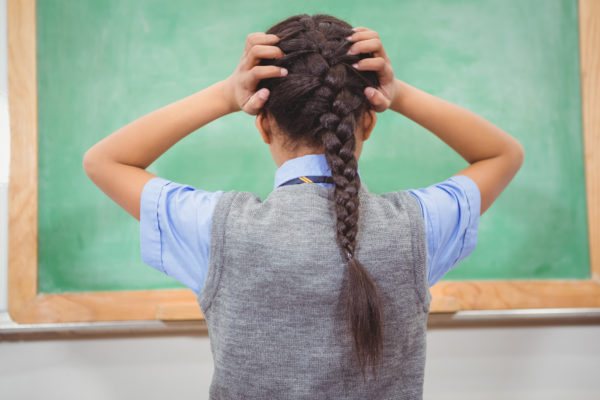Rural students still face a staggering number of uphill battles when it comes to securing the same educational opportunities as their suburban and urban peers, according to a new report.
Limited access to advanced coursework, medical care, food and employment opportunities continue to daunt students in many rural communities, according to the report released from AASA, The School Superintendents Association, and The Rural School and Community Trust.
The report, Leveling the Playing Field for Rural Students, highlights how Congress can provide leadership and support to ensure students living in rural America receive a quality education and succeed in life beyond high school.
(Next page: Five education policy recommendations to help rural students)
This report is based on the need for equity for rural students, who are frequently misunderstood or underserved by federal policies and policymakers.
Specifically, the report gives federal policymakers five education policy recommendations that can be supported immediately and will benefit the one in six children living in rural communities:
• Enabling access to new, high-quality educational opportunities
• Addressing health barriers to learning
• Leveraging career and technical programs for economic growth
• Ending food insecurity for rural children
• Adequately investing in rural schools
“Rural children face greater levels of poverty than non-rural children,” said Daniel A. Domenech, executive director, AASA. “As a nation, we must help children who live in these communities to not only thrive in high school, but succeed in college and in later life. For the sake of these children, we call on our policymakers to act quickly.”
In addition to detailing what federal policies can be further supported or amended to improve academic outcomes for rural students, the report also details why private school voucher programs are an implausible education reform strategy in rural communities.
“Rural and small-town public schools do more than just educate children. They serve a critical social and economic function as the primary employer of small communities; they may offer health care or medical referrals for children and adults, and they frequently offer food pantries, breakfast and lunch programs — and are the location of many other community activities,” according to the report. “A decision by a rural family to withdraw a child from the public school and enroll them elsewhere doesn’t mean that the family disconnects from the school system–it simply means that the school has fewer resources to provide the non-instructional benefits required in its community.”
Nearly 9 million students attend rural schools–more than the enrollments of the New York City, Los Angeles, Chicago and the nation’s next 75 largest school districts combined. Today’s announcement comes a week after AASA announced a partnership with The Rural School and Community Trust to support rural school district administrators and their communities.
- Educators love their edtech, but want more training - April 18, 2024
- Friday 5: College and career readiness - April 12, 2024
- Cybersecurity: eSN Innovation Roundtable - April 11, 2024

